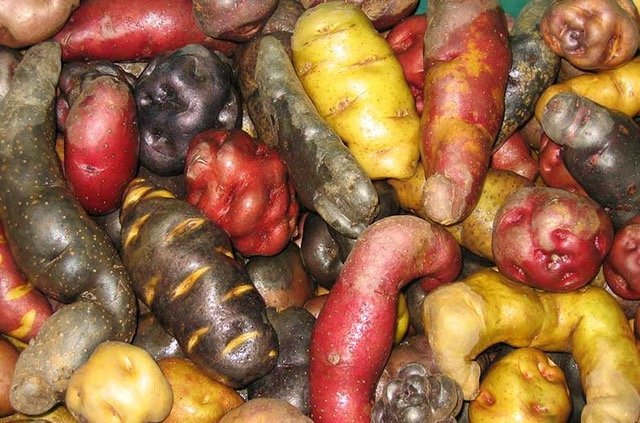Read the original article in Anthropocene Magazine by Emma Bryce
Looking at 29 of the most important African food crops – which included grains, fruit, and vegetables – an international team of researchers found that depending on the severity of climate change, between 12 and 29% of the future ‘climate space’ where these species grow will have changed by 2070. Such largescale changes could edge out many staple crops that will no longer be able to grow under these more strenuous conditions.
For instance, of the 29 crops, a starchy staple called Guinea Yam in expected to suffer the most: 56% of its future climate is predicted to be novel by 2070, on account of the yam’s limited growing area, and thus greater exposure to change.
But on the other hand, the researchers’ analysis also revealed a treasure trove of global crop biodiversity that could theoretically replace most of these threatened foods with similar alternatives in the future.
Hot, tropical regions of the world like South America, and South and East Asia, in particular, harbour more resilient crop varieties, likely because these plants already occupy specific climate niches that mirror the conditions that will unfold in sub-Saharan Africa in the future. In these regions, the researchers found that crops of potato, squash, bean, taro, and finger millet, in particular, would be adaptable to future sub-Saharan climate extremes. They also found that certain wild relatives of potato, sweet potato, and finger millet would cope better with predicted climate change than the currently-farmed crops.

